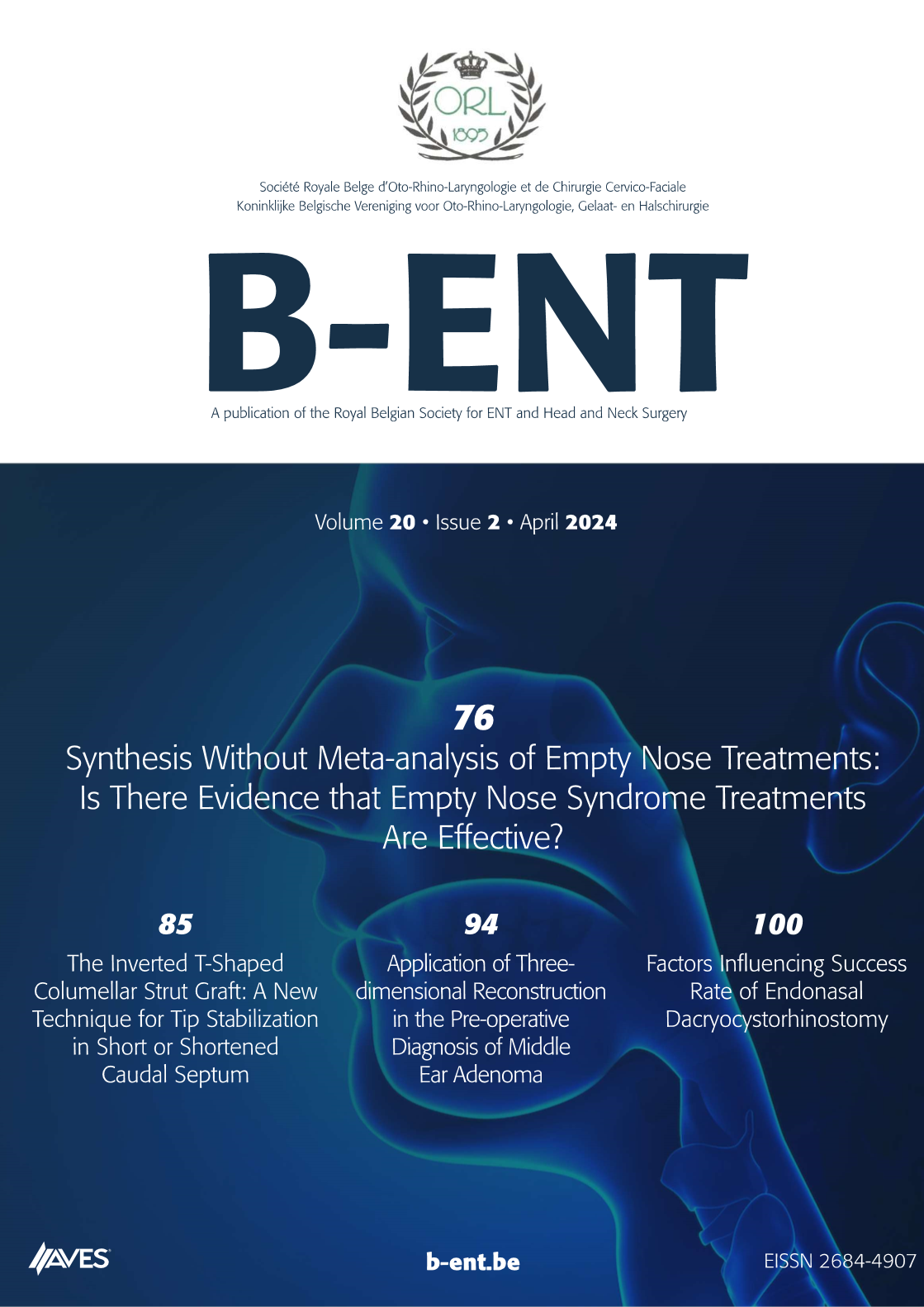Pulsatile tinnitus: a review. Objectives: The aim of this review is to provide an up to date review of the causes, assessment, and management of pulsatile tinnitus.
Methods: A search was performed of all studies, review articles, and case series looking at pulsatile tinnitus, published until the 1st January 2015. The search was performed using a keyword search strategy (pulsatile tinnitus, arteriovenous malformation) on PubMed, Medline/Old Medline and Cochrane Central databases.
Results: Pooling the data from the studies in our literature review, with a total number of patients of 1,245 patients, we found that the most common Aetiologies for pulsatile tinnitus were idiopathic (32%), idiopathic intracranial Hypertension (28%), atherosclerosis of the carotid arteries (16%), Otosclerosis (11%), Glomus tumors (7%), and Arteriovenous malformations (2%). There is no consensus about first-line imaging modality, however, in reviewing the potential causes we suggested that the first line imaging for pulsatile tinnitus should be a delayed Computed Tomography (CT) Angiographic protocol. For the vast majority of pulsatile tinnitus with no identifiable cause, sound therapy is an effective management option if symptoms are persistent and bothersome. Cognitive Behavioural Therapy (CBT) should also be considered if there is significant anxiety or concurrent depressive illness.
Conclusion: It is important to investigate patients with pulsatile tinnitus radiologically to rule out significant causes, and we recommend CT angiography as the first-line imaging modality. Where no cause is found and patients have persistent bothersome symptoms, consideration should be given for treatment with sound therapy and cognitive behavioural therapy.



.png)
